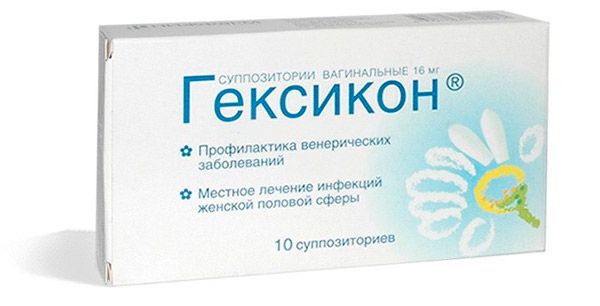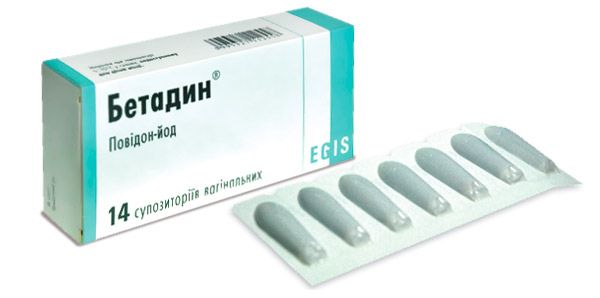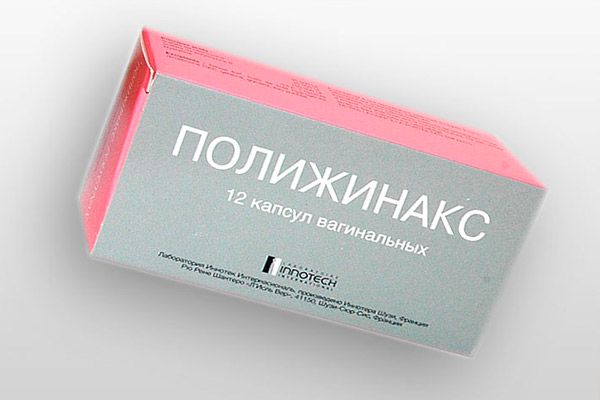
All iLive content is medically reviewed or fact checked to ensure as much factual accuracy as possible.
We have strict sourcing guidelines and only link to reputable media sites, academic research institutions and, whenever possible, medically peer reviewed studies. Note that the numbers in parentheses ([1], [2], etc.) are clickable links to these studies.
If you feel that any of our content is inaccurate, out-of-date, or otherwise questionable, please select it and press Ctrl + Enter.
Cervical erosion discharge
Medical expert of the article
Last reviewed: 04.07.2025
Discharge during cervical erosion is not observed in all cases, since local pathological changes in its mucous membrane may not manifest themselves in any way.
Often a woman does not even know that she has erosion and only consults a gynecologist when abnormal leucorrhoea appears.
 [ 1 ]
[ 1 ]
Causes cervical erosion discharge
In clinical gynecology, the causes of discharge during cervical erosion are associated with the etiology of the occurrence of this damage to the epithelium. Pathological processes include ectopia of the cervix (i.e., endocervicosis proper), congenital ectopia, ectropion (postpartum eversion of the cervical canal of the cervix), as well as simple leukoplakia (keratinization of a section of the mucous membrane in the form of a protruding white spot) and erythroplakia (a red spot with atrophied epithelial cells).
In addition, the pathogenesis of discharge during cervical erosion (ectopia) is associated with such factors as sporadic or previously developed infections, menstrual cycle disorders and imbalance of sex hormones (especially in young women taking birth control pills), mechanical postcoital damage to the modified area of the mucous membrane. Thus, during inflammation of the mucous membrane, consisting of multilayered squamous epithelium, it loosens with subsequent desquamation and the release of exfoliated cells into the vaginal secretion.
Intrauterine contraceptive devices (IUDs) can lead to endocervicosis and leucorrhoea, especially if they are used for a long time.
 [ 2 ]
[ 2 ]
Symptoms cervical erosion discharge
The main symptoms, or rather, the types of leucorrhoea, largely depend on the causes.
Bloody discharge with cervical erosion may appear after sexual intercourse - as a result of mechanical damage to the eroded area. When a woman discovers brownish or pink discharge, this is also evidence of the presence of blood in them. They can be caused by the presence of leukoplakia, erythroplakia or polyps on the endocervical mucosa. Since leucorrhoea from the uterus gets into the vagina through the cervix, it is necessary to keep in mind that the pathology can be aggravated, for example, by chronic inflammation of the uterine mucosa (endometritis).
If there is yellow discharge, then, most likely, in addition to damage to the mucous membrane, activated Staphylococcus aureus or Staphylococcus haemolyticus bacteria, as well as Ureaplasma urealyticum and Mycoplasma pneumoniae will be detected.
In the presence of genital candidiasis (thrush caused by the Candida fungus), white discharge is observed.
But mucopurulent and purulent discharge during cervical erosion is a signal of the development of a serious inflammatory process of an infectious nature associated with pathogens such as Chlamydia trachomatis, Neisseria gonorrhoeae, Escherichia coli, Mycoplasma genitalium, Human herpesvirus 5. That is, the patient may be diagnosed with vulvitis, vaginitis, bacterial vaginosis, various diseases of the cervical canal (for example, purulent cervicitis).
Where does it hurt?
What's bothering you?
Diagnostics cervical erosion discharge
Diagnosis begins with a routine gynecological examination of the patient. Colcoscopy is also used, during which the endocervix is examined with a special instrument equipped with a mini-microscope.
Patients are required to undergo the following tests:
- vaginal smear to determine the composition of microflora;
- blood test for hepatitis, syphilis and HIV;
- molecular (PCR) diagnostics for detection of herpes and human papilloma viruses, chlamydia, mycoplasma and ureaplasma and other infections.
To determine the presence of atypical cells and exclude oncology, a biopsy of eroded tissues and their cytological examination are performed.
For effective treatment, it is necessary to establish the exact cause of the pathology, therefore, differential diagnostics are necessary to exclude other diseases: chlamydia, trichomoniasis, mycoplasmosis and ureaplasmosis, infectious diseases of the vagina (vaginitis, colpitis), lesions of the cervical canal and cervical dysplasia.
How to examine?
What tests are needed?
Who to contact?
Treatment cervical erosion discharge
Treatment of discharge during cervical erosion can be carried out conservatively - with the help of pharmacological agents. And the radical method of treating this pathology is the destruction of the affected tissues.
When prescribing medications for leucorrhoea, gynecologists take into account the anamnesis, the general clinical picture of the pathology, the presence of a microbial or viral infection, the intensity of the inflammatory process and other factors. Therefore, antibiotics and antifungal agents can be used.
Antimicrobial and anti-inflammatory suppositories Depantol (Chlorhexidine, Hexicon) effectively fight many bacteria, Candida fungus and herpes virus. And the included dexpanthenol (a derivative of vitamin B5) promotes the regeneration of damaged mucosal cells. These suppositories are used intravaginally - one suppository twice a day, the course of treatment is up to 10 days.

Bactericidal suppositories Betadine are used by insertion into the vagina (once or twice a day). The drug also has bactericidal, antifungal and antiviral effects.

Vaginal granules Polygynax contain antibiotics (polymyxin and neomycin sulfate) and the antifungal agent nystatin, making them effective against bacterial vaginosis and vaginitis of various etiologies. It is recommended to administer one granule per day, the duration of use is determined by the attending physician (from 6 to 12 days).

If drug therapy does not lead to complete recovery, cauterization of the ectopia of the epithelium is performed - electrocoagulation or destruction with chemicals, liquefied nitrogen or laser. Discharge is possible after treatment of cervical erosion with such methods.
Experts explain the discharge after cauterization of cervical erosion by the fact that the destroyed tissues are rejected by the mucous membrane and are brought out. The release of the cauterized area of the mucous membrane from the scab (approximately by the end of the second week after the procedure) explains the yellow discharge after cauterization. Pink discharge (with ichor) is often observed, which is also a natural temporary consequence of this method of treatment. A woman should be alerted by bright bloody leucorrhoea, and in this case it is necessary to urgently consult a doctor.
Traditional medicine and homeopathy
The main remedies here are sea buckthorn oil and natural honey, which have been used for a long time and are quite effective.
It is recommended to insert a sterile tampon with sea buckthorn oil into the vagina at night, alternating with honey (for 15 days). You can add aloe juice to honey. It is also recommended to use propolis to soak the tampon, diluting a tablet of the drug in a small amount of boiled water. Herbal treatment of discharge during cervical erosion is carried out using douches with decoctions of St. John's wort, calendula or chamomile flowers, sage, celandine.
Medicinal plants (calendula and thuja) are also used for discharge. In addition, for abundant vaginal discharge (yellow or with blood), homeopaths prescribe metallic silver in the form of Argentum metallicum or Argentum nitricum (silver nitrate). If the discharge from erosion is white, then Calcium carbonicum (calcium carbonate) and Carbo animalis can be used. Foul-smelling leucorrhoea is treated with Carbolicum acidum (carbolic acid), viscous purulent leucorrhoea requires the prescription of potassium dichromium - Kali bichromicum, which, as homeopaths claim, can even treat syphilis.
In case of bloody discharge, homeopathic remedies such as Sulfuricum acidum, Phosphorus, Kreosotum (beech tar) can be used. Alternative treatment with these drugs does not guarantee the cessation of discharge in endocervicosis, much less the cure for the disease itself.
Prevention
According to gynecologists, prevention of this symptom is treatment of ectopia of the cervical epithelium, and to detect it - visiting a women's consultation at least once a year. And, of course, every woman needs to take care of her health and follow the rules of intimate hygiene.
Forecast
The prognosis for discharge due to cervical erosion is positive with timely treatment.

